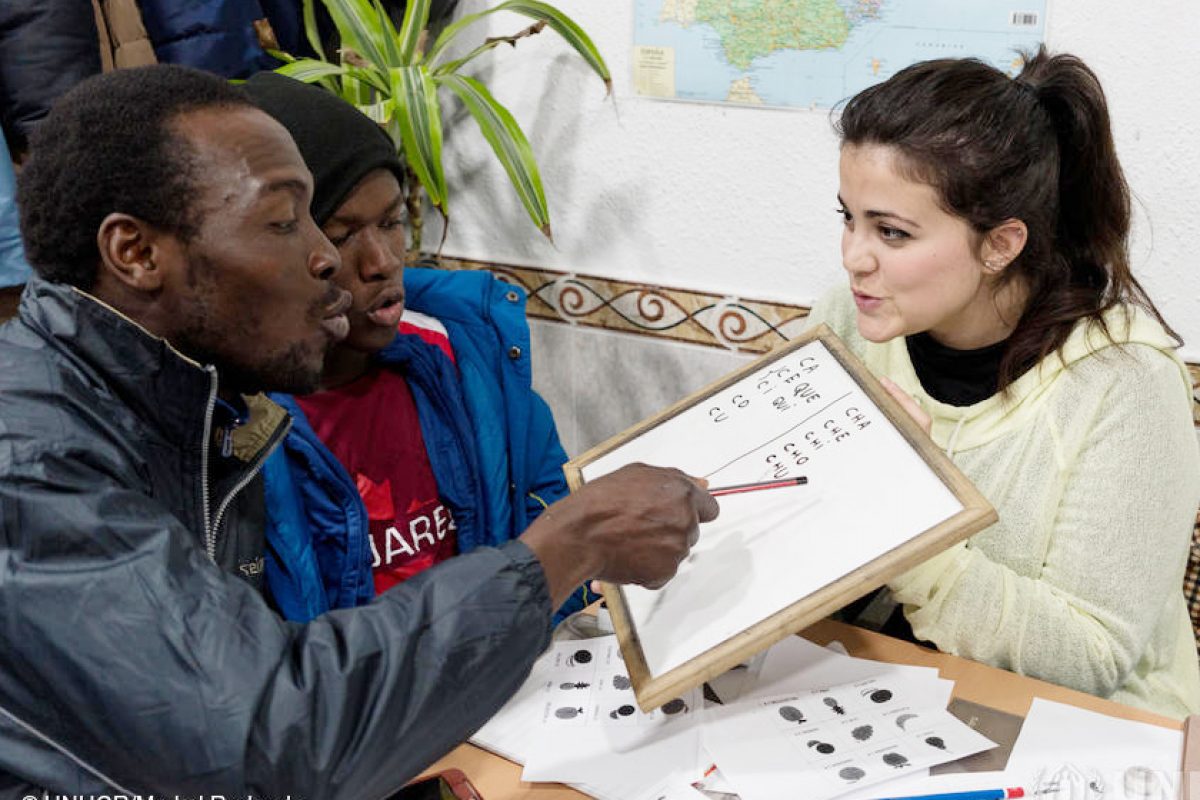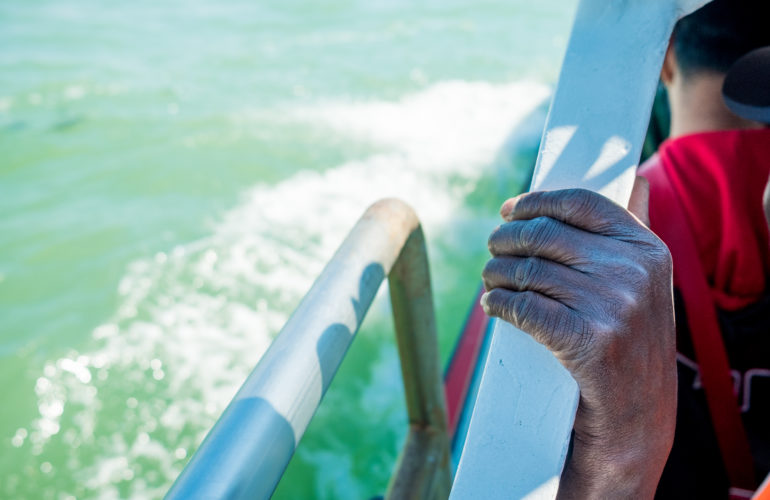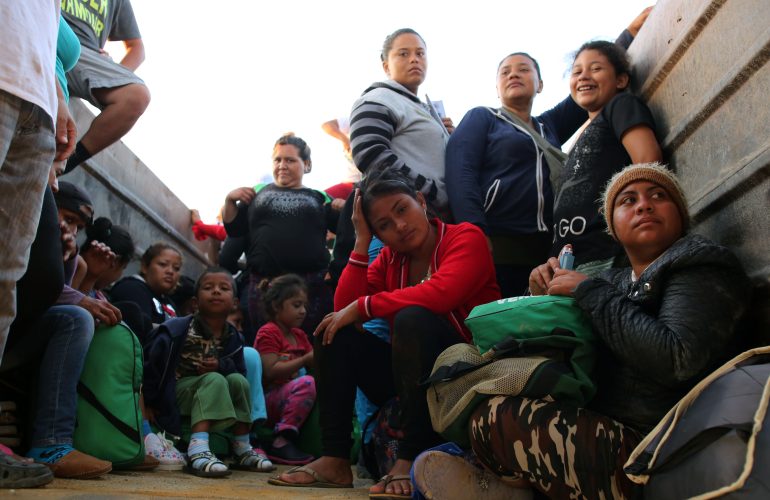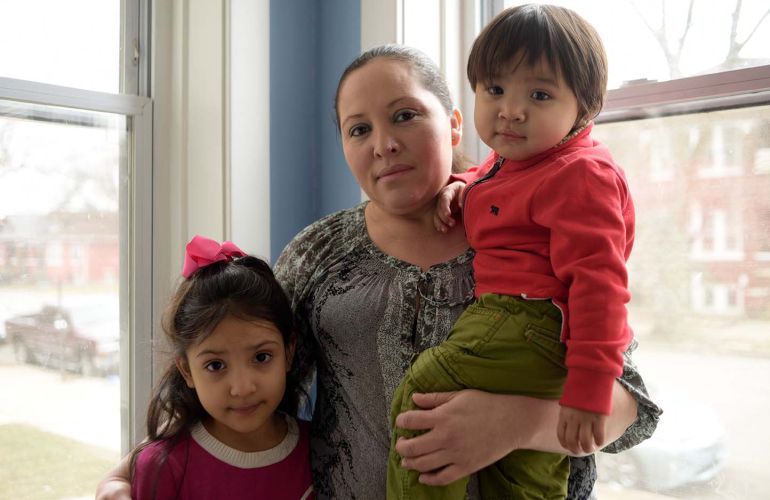Picking Goals to Best Implement the Global Compact for Migration

The Civil Society Action Committee, co-convened by ICMC, is identifying priorities for civil society engagement in the implementation of the Global Compact for Migration. The committee’s members and other partner organizations across the world are multiplying their impact through coordination.
The Action Committee has helped facilitate joint civil society advocacy around the negotiations of the Global Compact for Migration since 2016. With its adoption behind us, the committee now enters a new era in which it can focus its advocacy on specific aspects of the Compact’s implementation.
“Civil Society movements have the opportunity to build a mechanism for joint coordination and action where we can come forward together in unity and plurality,” says Action Committee coordinator Colin Rajah. When identifying the committee’s priorities, an ongoing process throughout the coming months, “It is very important to go through this building process as inclusively as possible and to reach as many organizations who want to engage as possible,” Rajah adds.
The Action Committee will focus on these priorities through dialogue and consultation with its members and other civil society actors. NGOs are invited to participate in open consultation webinars. The priorities take off from the conclusions of a report published earlier this year that summarizes the responses of dozens of civil society leaders interviewed.
The Action Committee has begun engaging with the new UN Migration Network, a coordinating body of 38 UN agencies working towards a unified response to migration. This includes a strong focus on a comprehensive implementation of the Global Compact for Migration.
For example, establishing a plan for Central America’s Northern Triangle is among the first goals identified by the UN Network. The governments of Guatemala, Honduras, El Salvador and Mexico have agreed to jointly implement best practices when dealing with migrants. The plan will also tackle the underlying causes of mass migration in the region.
The prioritizing of such plans and their implementation depend on the joint contributions of Action Committee members and other NGOs. Beyond providing numbers, civil society bears witness to migrants’ conditions throughout their communities, and civil society members are frequently the first to respond to the needs on the ground, where they often play the role of linking migrants and policy-makers.
From Drafting to Implementation
2019 is a pivotal year for the Action Committee as it moves from advocating for a comprehensive text for the Global Compact for Migration to its effective implementation.
In 2016, the United Nations announced its intention to create a blueprint for a global response to issues related to large movements of migrants and refugees. As a result, two new international agreements were developed by UN member States: the Global Compact for Safe, Orderly and Regular Migration and the Global Compact on Refugees.
Migration issues were previously only treated as issues of national interest. Because of the transnational nature of migration and of asylum, UN member States agreed that joint policies that transcend borders can make migration-related strategies more effective and allow better outcomes for all parties involved: countries of departure and of arrival, migrants and societies.
Non-governmental organizations joined together to advocate for the rights and needs of migrants and refugees as identified at a grass-roots level. Throughout these processes, they were able to send strong joint messages to governments, thereby intensifying their influence. These messages were often facilitated through Action Committee members and other partners.
Action Committee members and other NGOs played an essential role in shaping the final text of both Global Compacts by jointly pushing for the greatest possible protection of migrants’ and refugees’ rights and by sharing their first-hand experience of working closely with them.
Among other contributions, the Action Committee’s members’ input led to compacts that include better protection measures for refugees and vulnerable migrants such as women, children and people with disabilities; work regulations that respect migrants’ dignity; and the prioritization of alternatives to detention for asylum-seekers.
Following the adoption of the Global Compacts in December 2018, members of the Action Committee requested that it continue its mandate through 2019, with a focus on the implementation of the Global Compact for Migration. It will also play a bridging role between the two compacts and a plan of action for advancing prevention, protection and solutions for internally displaced people from 2018 to 2020. At the same time, the Action Committee is thoroughly reviewing and envisaging how civil society might best engage collectively in this new era of global migration governance.


